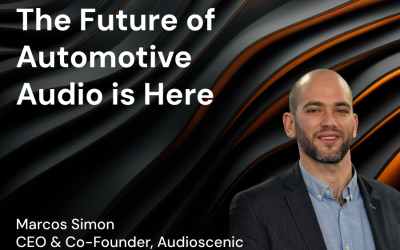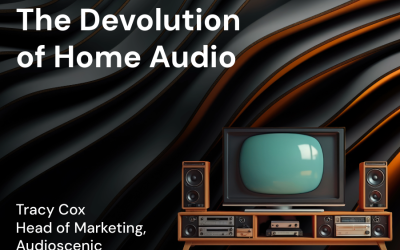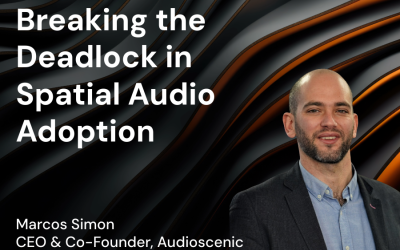Fixing the Value Chain & Creating Consumer Value
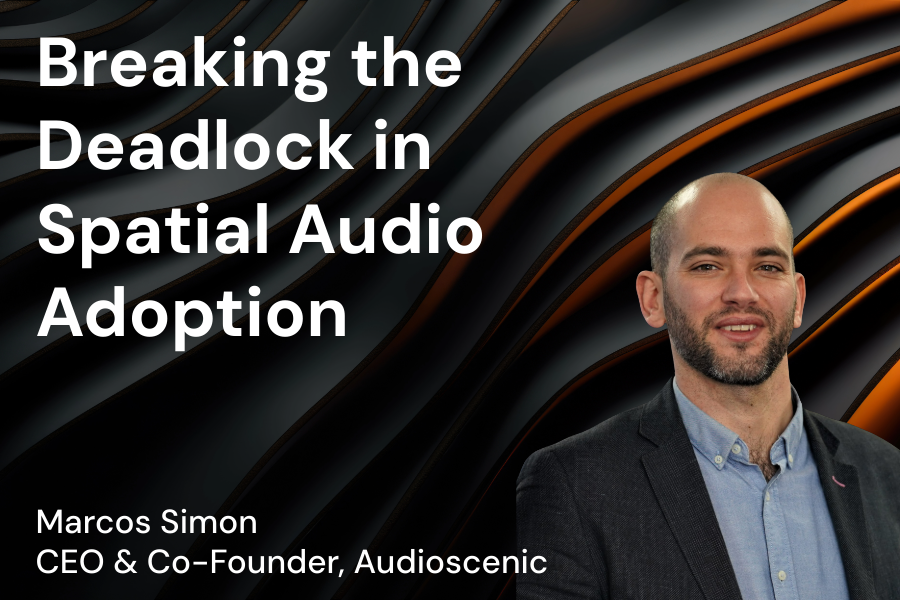
Marcos Simon, CEO & Co-Founder, Audioscenic
For years, the tech and entertainment industries have promised us a future where sound surrounds us naturally – where we’re not just hearing, we’re immersed in sound. Every major platform now supports Dolby Atmos, DTS:X, Sony 360 Reality Audio, or some version of “spatial sound”.
Yet despite all the buzz, the truth remains uncomfortable – spatial audio, as it exists today, has limited value for consumers. Not because the technology doesn’t work – it does. But because the value chain is broken. The people creating, distributing and consuming spatial audio are disconnected by design.
To tackle this issue, Audioscenic is introducing technologies capable of rendering spatial audio in an efficient and practical way, benefiting creators and consumers, with the potential to unlock the value that until now has limited the spatial audio ecosystem.
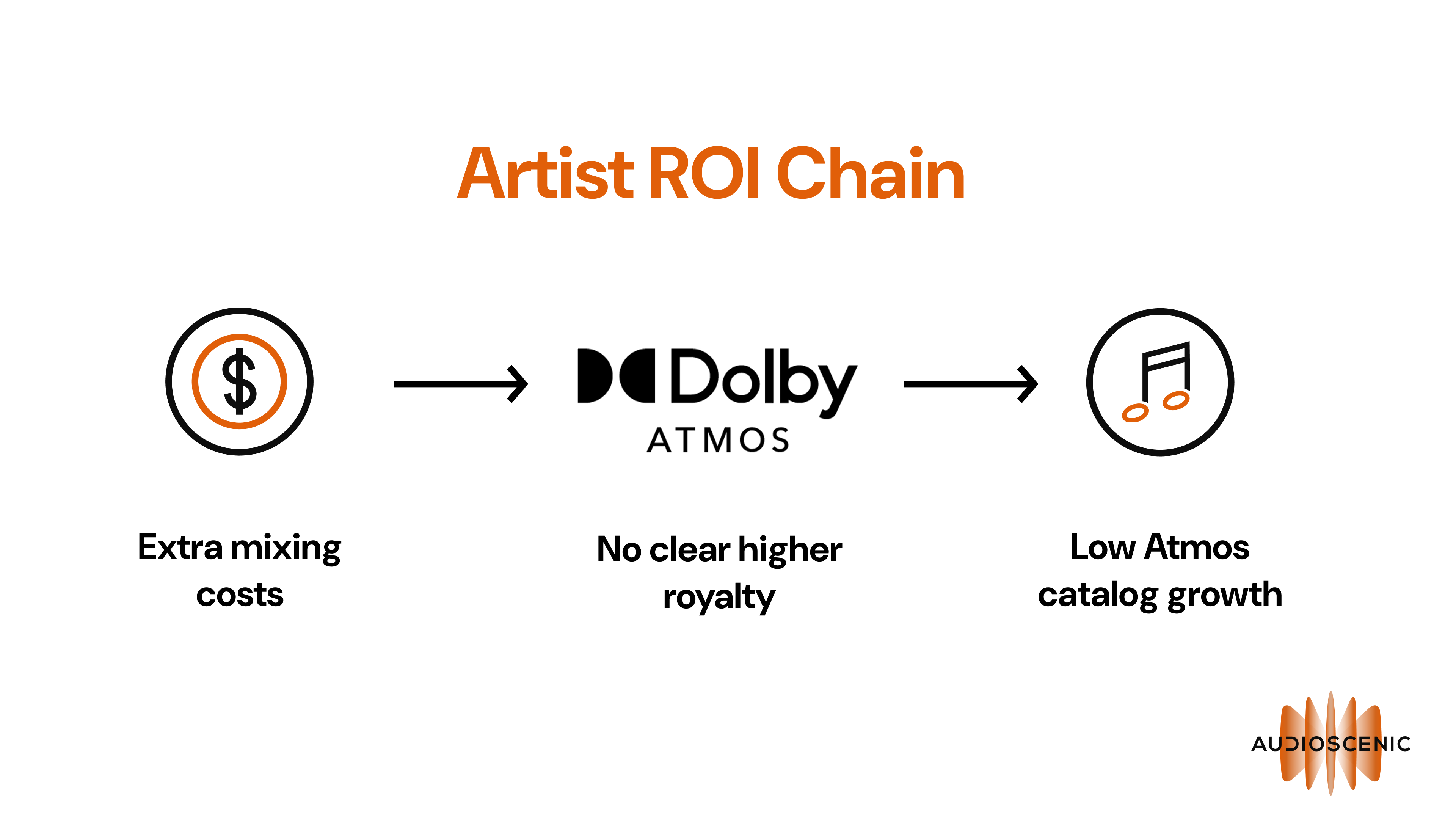
The Artist’s Dilemma
For artists and creators, releasing content in Atmos or other 3D formats doesn’t have a clear pay off. Mixing well in spatial formats can cost hundreds or even thousands per song and requires specialized studios and engineers. Currently there is no guaranteed visibility boost and no analytics to show that spatial outperforms stereo when consumed with current rendering methods.
Apple seems to stand alone in offering 10% higher royalties for tracks mixed in Atmos, and with a reported value per listen of $0.0076, the direct return on investment even for the highest performing artists is negligible.
So, if streaming royalties are essentially the same whether a track is mixed in stereo or Atmos, why would the artist bother?
The simple answer is that they don’t. Unless a label funds a spatial audio production for marketing reasons, few independent artists can justify the investment. Spatial audio content becomes restricted to high end productions only.
Even artists releasing spatial content are often disconnected from the process, focusing on the stereo production and ceding the host of creative opportunities and decisions that can be made in the spatial mix to remote engineers.
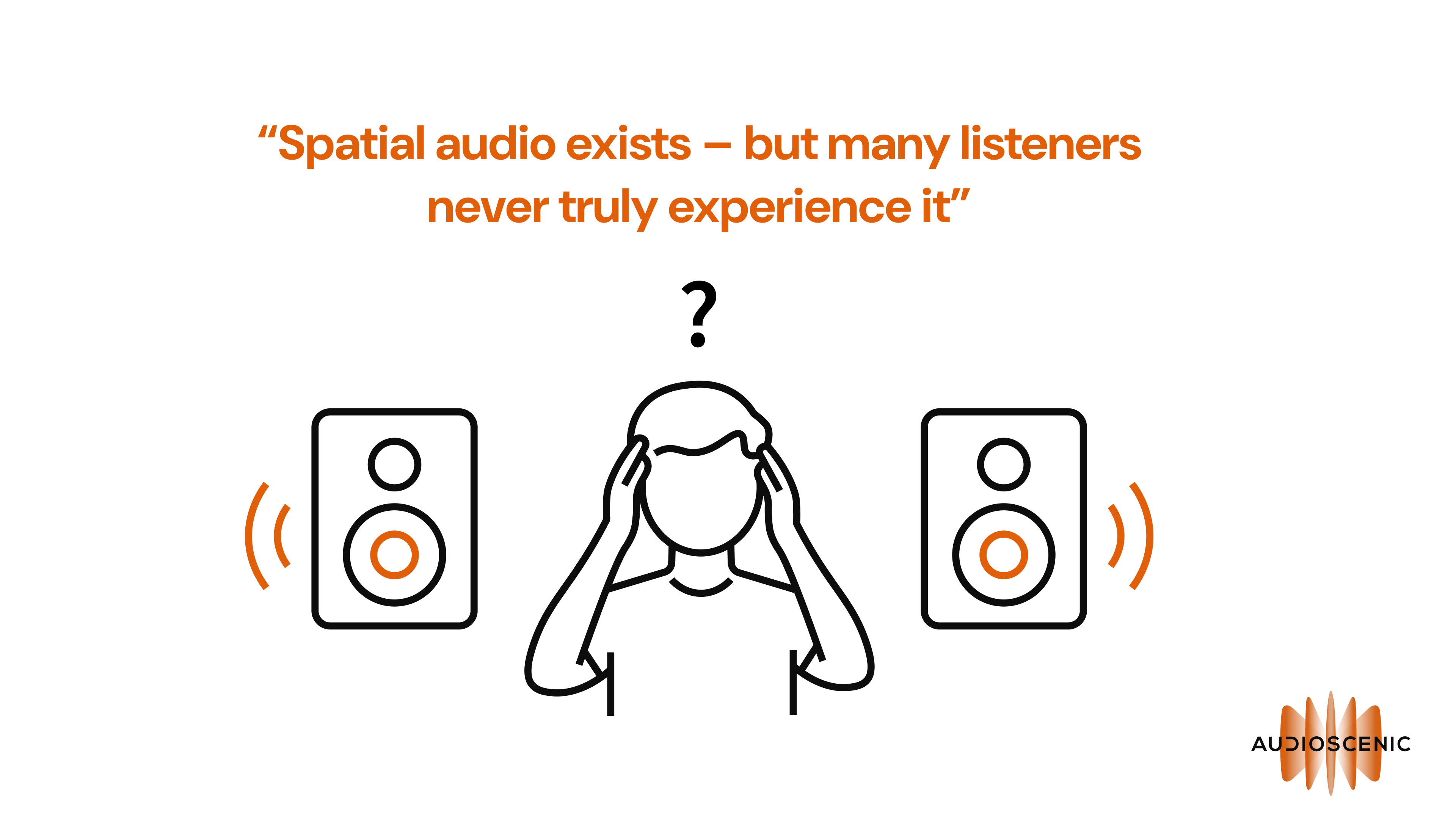
Listener Underwhelm
While listeners are increasingly aware of spatial audio, awareness of which platforms and what content is available in these formats is limited and the majority of listeners consume audio through phones, laptops, Bluetooth speakers, or earbuds. Even when a track or movie is technically available in spatial, playback often collapses into ordinary stereo – or worse, a poorly virtualised simulation that yields a poor listener experience.
As a result, most listeners can’t tell when spatial audio is on or off. They can’t feel a real difference therefore they don’t place any value in the feature.
The Value Chain: The Weakest Link
So, artists aren’t seeing the value in embracing spatial audio and consumers are overwhelmingly receiving a lacklustre experience when they try to consume spatial audio. These two issues are certainly intertwined – with the weakest link in the ecosystem at the point of reproduction.
Until playback systems can faithfully reproduce spatial mixes in everyday devices, spatial audio will remain stuck at the production side of the equation: spatial mixes in the studio will sound breath-taking, but this experience, ultimately won’t be translated to the user.
This isn’t just a music problem:
Movies – True 3D sound only exists in cinemas or premium home set-ups, which very few have.
Streaming – Most viewers get stereo even when Atmos metadata is present. This is a hardware issue as traditional soundbars, TVs and laptops are not capable of rendering any spatial experience.
Games – Certainly the strongest use case today for spatial audio. Even with some devices such as the Audioscenic-powered Razer Leviathan V2 Pro soundbar which renders binaural spatial audio through speakers, most gamers consume audio through headsets, providing only an average spatial experience. As a result, audio directors in gaming have the same question as their counterparts in the music industry: “Why mix in spatial? Is there any real value yet?”.
In every case, there’s a gap between the mix’s potential and what the listener experiences.
Fix Playback, Fix the Weakest Link
The future of spatial audio isn’t going to come from new formats or bigger marketing campaigns.
It will come from fixing playback.
When users have the accessible hardware which delivers spatial audio as it’s designed to be heard – and without the need for complex tech set-ups – the value of spatial audio will be clear. The right consumer experience will boost consumption, boost demand and the blocker in the value chain will disappear.
With a playback experience that is close to that of the studio available on everyday devices (laptops, soundbars, a monitor or TV screen, etc), users will just have to switch on to be transported by spatial audio.
This is possible now, using technologies such as the ones we are developing in Audioscenic. We can turn almost any device with speakers into a product able to radiate natural and fully immersive spatial audio. Devices just require the user to sit in front of them. They don’t require calibration. It’s a “plug and play” solution that delivers a much more natural, realistic and immersive alternative to what’s already in the market – finally reflecting the sound experience as the creator or studio intended.
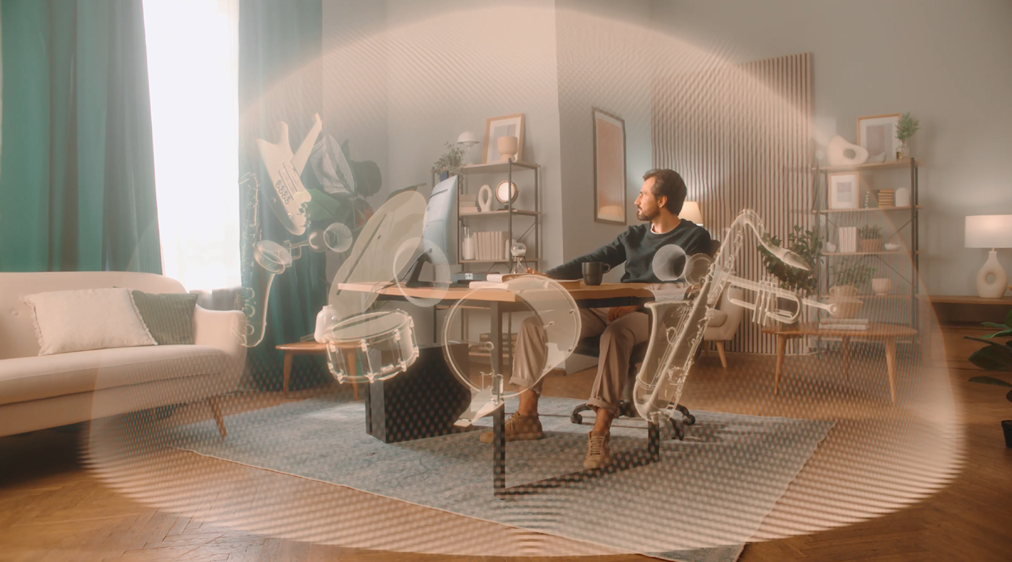
The Take-Away
Spatial audio isn’t a failed technology with limited value, it’s an unfinished experience.
Until the reproduction layer catches up and until listeners can effortlessly perceive the difference, the growth of spatial audio will remain limited by its own delivery system – technically fascinating, but commercially invisible.
But once adaptive playback becomes standard and every listener can effortlessly hear in 3D, spatial audio will finally have the value it was meant to deliver.
The next revolution won’t come from mixing tools or formats. It will come from the devices that finally make spatial audio real for everyone.
That’s what we are working towards at Audioscenic, on closing the spatial audio loop – empowering an increase in creation and distribution by transforming the way in which spatial audio is experienced by the end-user.
